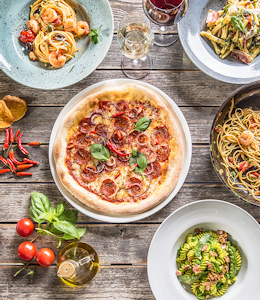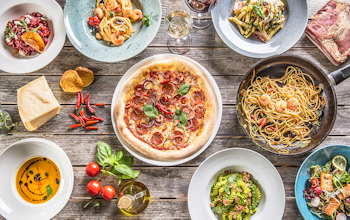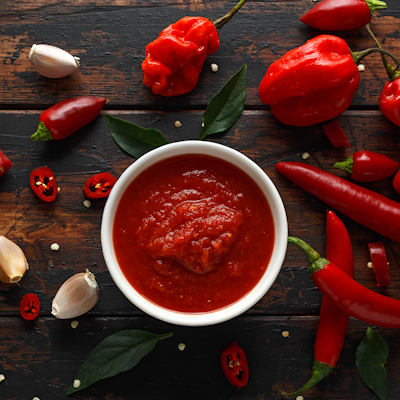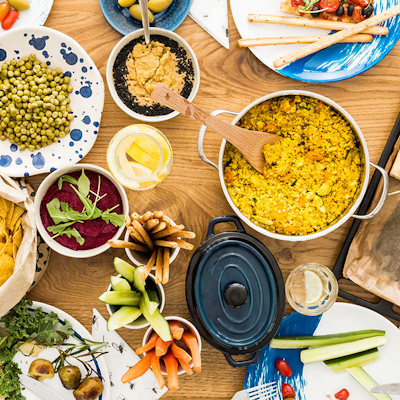Best types of pasta for any dish
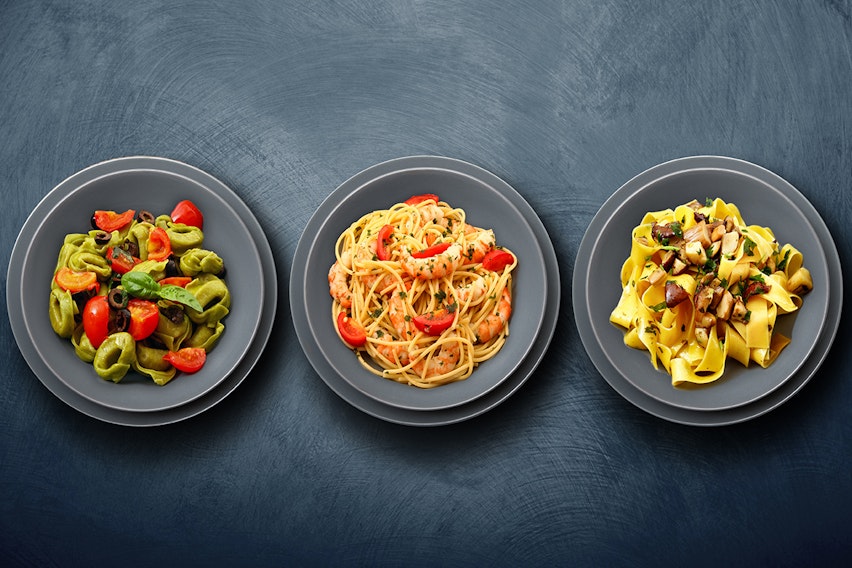
All pasta is pretty much perfection, but there is a best pasta for pesto, a best pasta for carbonara, and certain options that are better for pasta salad than others. That’s why we’re rounding up our favourite types of pasta and what they’re best used for…
Our favourite different types of pasta are:
- Farfalle
- Fettuccine
- Fusilli
- Gnocchi
- Macaroni
- Orzo
- Penne
- Rigatoni
- Spaghetti
- Tagliatelle
- Conchiglie
Now let’s learn more about them:
Farfalle
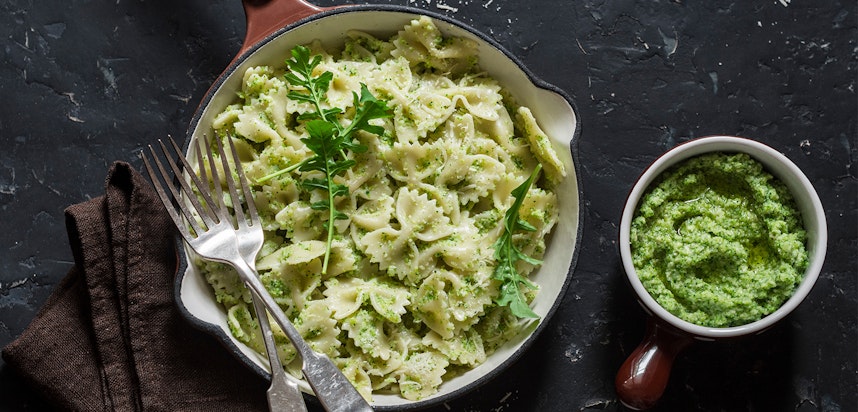
What is farfalle?
Farfalle is a bow-tie shaped pasta which takes its name from the Italian word “farfalle”, which means “butterflies”.
Dating back to the sixteenth century, farfalle first originated in the Emilia-Romagna and Lombardia regions of Northern Italy. This type of pasta also has a smaller version called farfalline and a larger version named farfalloni.
What is farfalle good for?
Farfalle is a versatile pasta that can be used in many different dishes, such as in a creamy sauce and mixed with ingredients such as asparagus and pancetta. As a relatively small, bitesize pasta, it is also a good choice for pasta salad.
What is pasta?
Pasta is a type of food made from wheat flour, water, and sometimes eggs, made into a dough and then rolled into sheets or fashioned into various shapes. It is cooked usually by boiling in water, but can also be baked. Pasta can either be handmade or produced with the aid of a machine.
Pasta is most commonly associated with Italy, where it is a huge part of the traditional cuisine, but many other countries have been eating variations of pasta for many years.
Fettuccine
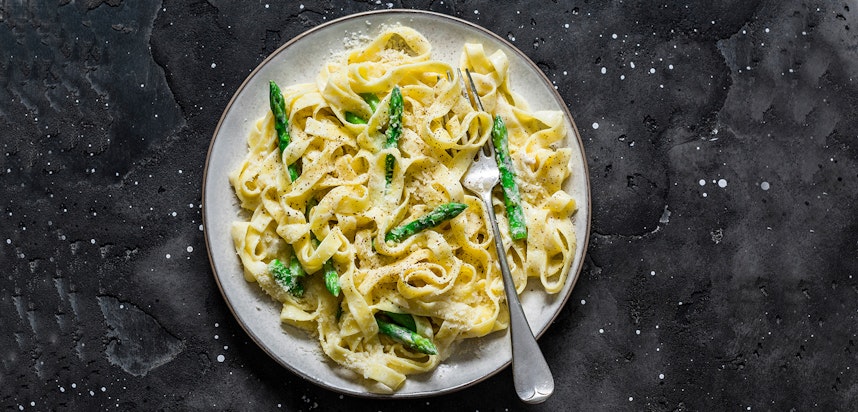
What is fettuccine?
Fettuccine is a long, flat pasta that is a little fuller than tagliatelle and not quite as wide. This pasta evolved from the capelli d'angelo of the Renaissance, and native to Italy’s Roman and Tuscan regions.
In the US fettuccine is popularly associated with the dish “Fettuccine Alfredo”, which has a heavy, cream-based sauce and is American in creation rather than Italian.
What is fettuccine good for?
Aside from the American “Fettucine Alfredo”, which is fettuccine served in a heavy cream, cheese and butter sauce, fettuccine works well as the “pasta course” in a meal, because it's relatively slim and light. A good serving suggestion is “al burro”, which means served with a coating melted butter, fresh herbs and grated parmesan, or with a topping of porcini mushrooms.
What is pasta made of?
Dried pasta is made from wheat flour, combined with water and formed into an unleavened dough which is then rolled into various shapes before cooking. Fresh pasta uses the same ingredients, with the addition of eggs, and is made the same way.
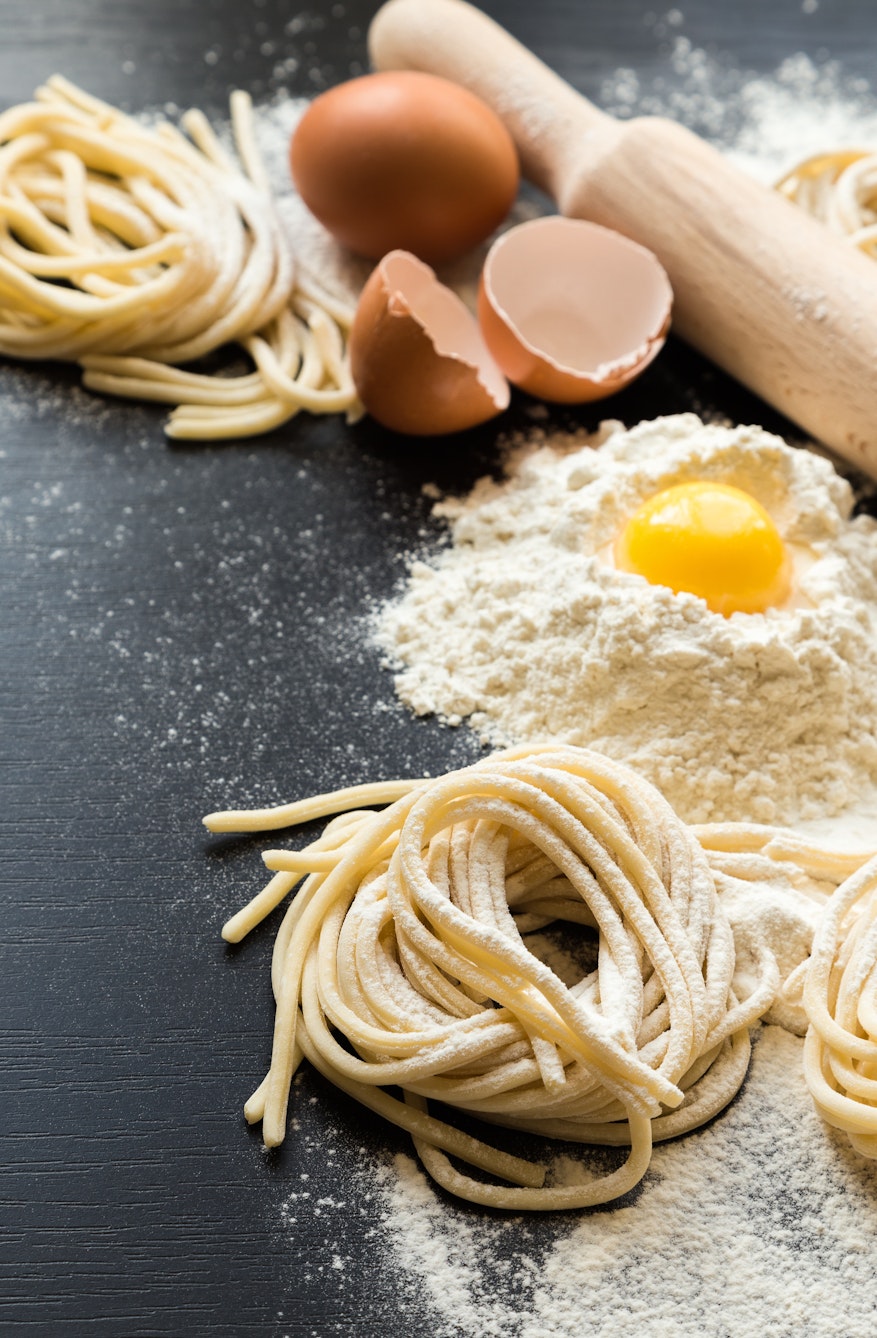
Fusilli
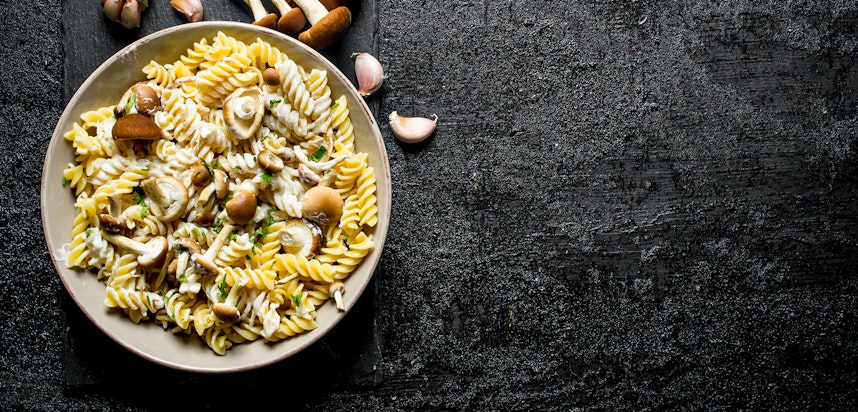
What is fusilli?
Fusilli takes its name from the Italian word for a spindle, “fuso”, and was originally made by winding the pasta around a small rod to create its distinctive spiral shape.
There is a variant of fusilli known as “rotini”, and it is also sometimes made with ingredients such as beetroot, tomato and spinach to give it a red or green colour.
What is fusilli good for?
The coil shape of fusilli means it is able to hold and trap thick sauces, and makes it a great choice for pasta bakes and sauces that include ingredients such as ricotta cheese and passata.
Gnocchi
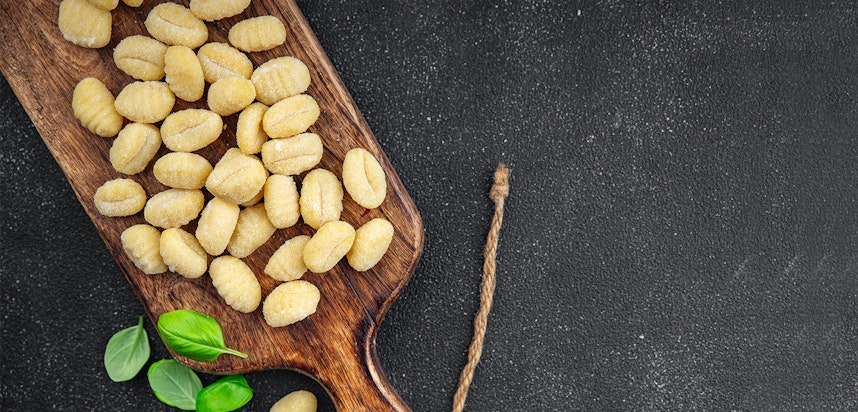
What is gnocchi?
Gnocchi is a pasta-potato blend that comes in the form of small, bitesized dumplings. You cook gnocchi by placing it in a pan of boiled, salted water until the dumplings float to the surface (usually about 2-4 minutes), and when made correctly it should have a soft, moist texture just the right side of chewy.
What is gnocchi good for?
Gnocchi can be filling, and is frequently served with a simple tomato sauce or pesto, or fried in butter with fresh herbs such as sage.
In Roman cuisine, gnocchi is baked in the oven and then combined with ingredients such as cheese and butter in a heated pan before cooling.
Is pasta vegan?
Dried pasta is usually vegan, as its ingredients, wheat and water, are not derived from animals. However, it is best to always check the packaging for additional ingredients.
Fresh pasta is not vegan because Eggs are a major component of the recipe. On Erudus, you can check whether a pasta product is suitable for vegans by using the Allergen & Nutirional Data Search.
Macaroni
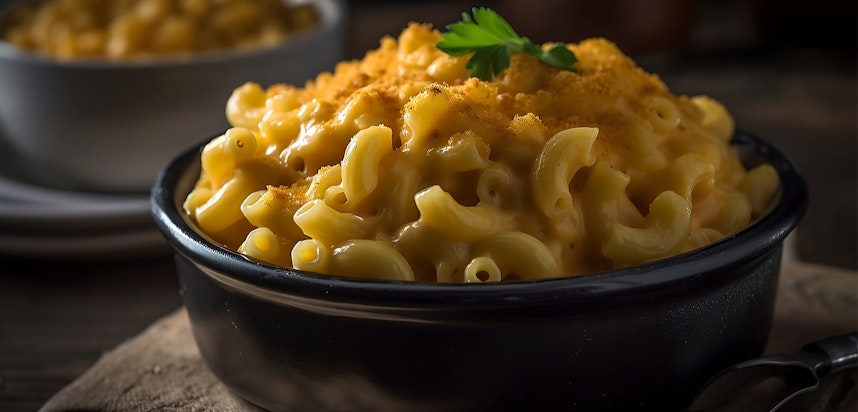
What is macaroni?
Macaroni is a small, tubed pasta that is usually sold dried. Whilst in Italy and other European countries there are several variations of macaroni, and the noun maccheroni can refer to a number of different pasta dishes made with different types of pasta, it is most commonly associated with elbow macaroni, the slightly curved short pasta used for the dish “macaroni cheese”.
What is macaroni good for?
Unsurprisingly, macaroni is most famous for being the pasta used in the American dish “macaroni cheese” or “macaroni and cheese”, in which it is combined with grated cheese and a roux sauce.
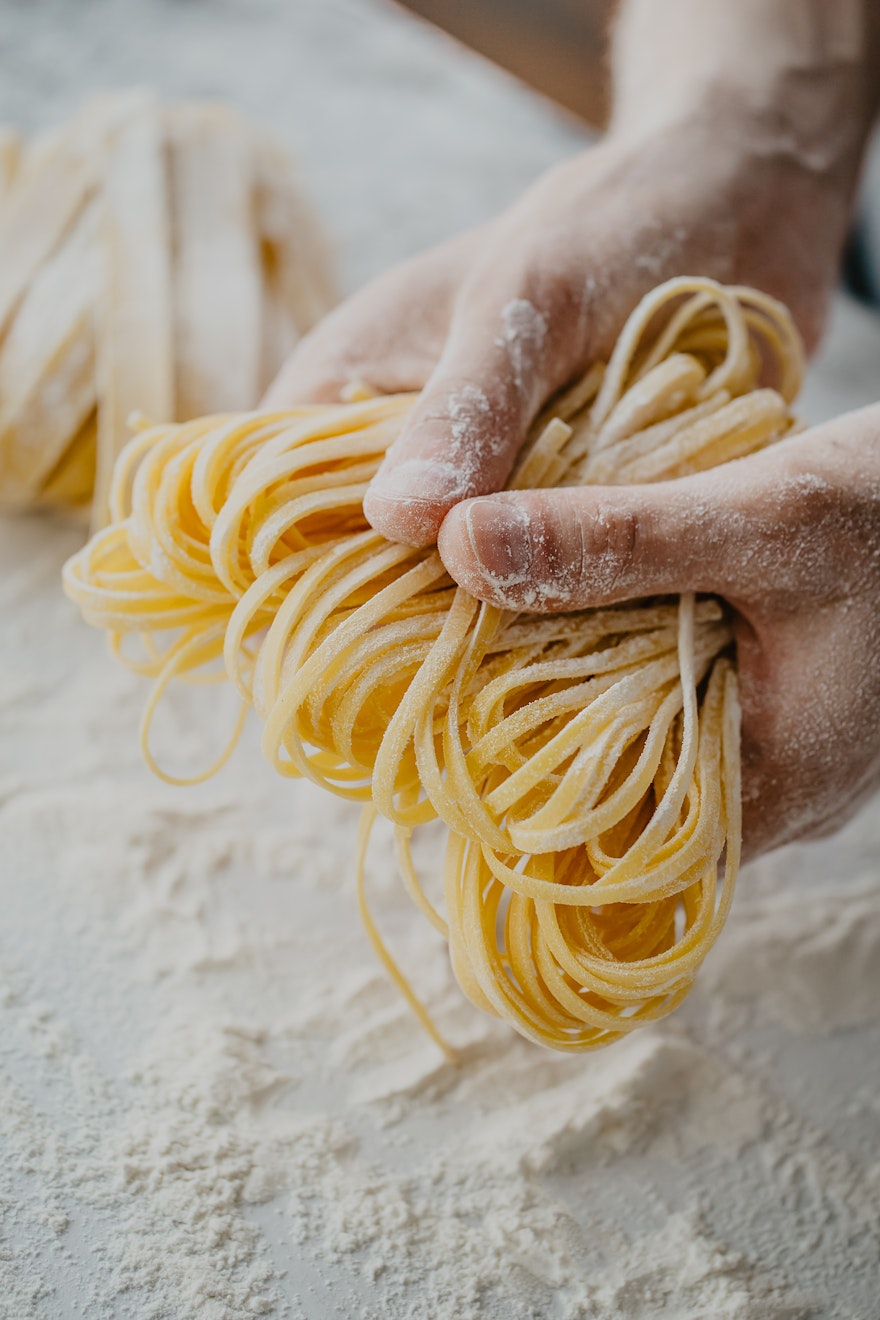
Because of its small size, macaroni is also a good choice for soups, where it pairs well with ingredients such as chickpeas.
Does pasta contain any allergens?
Yes, all pasta that is not gluten-free contains wheat, a Cereal containing Gluten - one of the 14 major food allergens. Fresh pasta also includes Egg, another allergen as a main ingredient. Sometimes pasta is served tossed in butter, which is derived from the allergen Milk.
Orzo
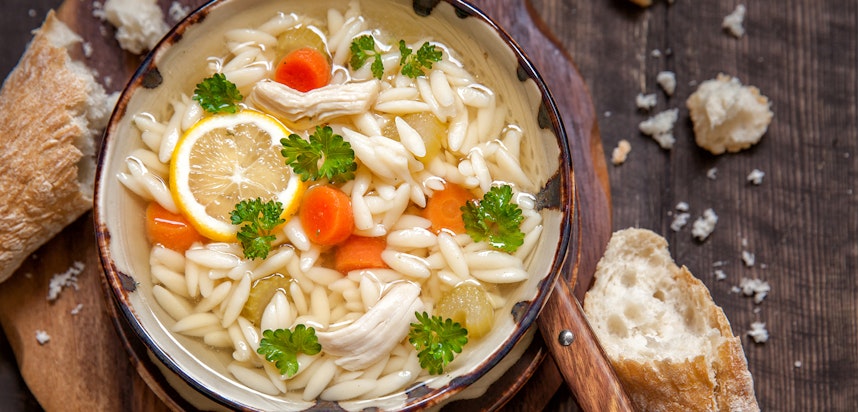
What is orzo?
Sometimes referred to as “risoni”, orzo is a type of pasta that resembles large grains of rice. Orzo has the Italian classification of “pastina”, which means “little pasta” and can be made from either wholegrain or wheat flour, and also sometimes includes semolina amongst the ingredients.
What is orzo good for?
Orzo is a popular choice for inclusion in a salad, as can be easily flavoured with ingredients such as saffron and chilli and mixed with vegetables and pulses like beans and lentils.
It is also commonly used in Italian soups, such as the delicacy “wedding soup”, made with green vegetables and meatballs (beef and/or pork).
What’s the best pasta for pesto?
Pesto is a cold sauce made from parmesan, basil, garlic, pine nuts and olive oil, and works well with a pasta like fusilli where the fragrant sauce can get into all the little nooks and crannies.
Penne
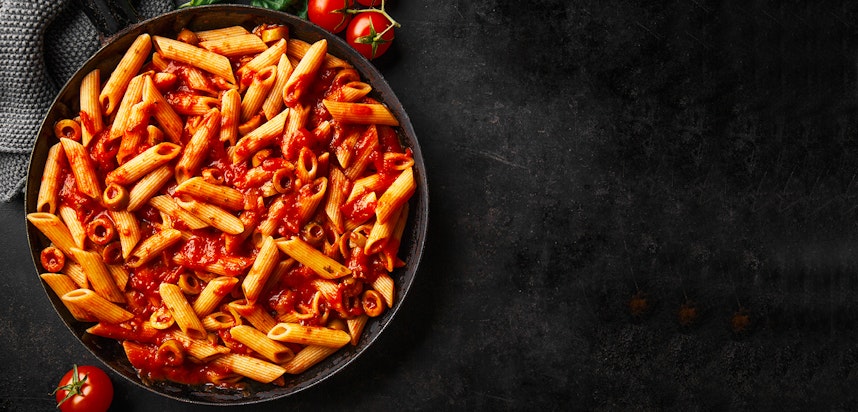
What is penne?
Penne is a very popular type of pasta that comes in medium-sized tubes with the ends cut off at an angle.
This pasta takes its name from the plural form of “penna”, which is Italian for both feather and pen (itself deriving from the Latin word for quill). Penne dates back precisely to 1865, and a Genoa-based pasta maker named Giovanni Battista Capurro, who obtained a diagonal cutting machine to create pasta in the “pen” shape, without squashing it.
What is penne good for?
Like many pastas, penne is best served al dente (firm to the bite), and is great with sauces such as pesto and ragu. Thanks to the classic Italian films La Grande Bouffe and Roma, it is most famously associated with arrabbiata sauce, made with tomatoes, garlic and dried red chillies, and originating from the Lazio region
How long does it take to cook pasta?
How long you cook pasta depends on the specific type of pasta - those with a small surface area such as macaroni usually takes 5-7 minutes in boiling water, and longer pasta such as tagliatelle may take up to 12 minutes.
Pasta is best served al dente (to the bite, which means slightly firm) so it’s often worth cooking for a minute or so less than it says on the instructions on the packet - and don’t forget to retain a small amount of the pasta water to add to the oil you toss your pasta in.
Rigatoni
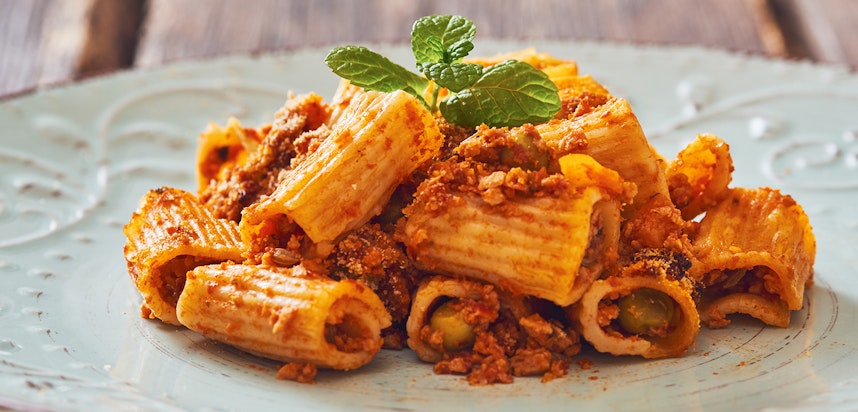
What is rigatoni?
Rigatoni is a tubular type of pasta native to Southern and Central Italy, and known for its ridged surface. Larger than both ziti and penne, it is also different from the latter in that it is cut straight (and so does not have penne’s pointy ends).
Unsurprisingly, rigatoni’s name comes from it’s texture - it’s a variation on the word “rigato”, which means “ridged’ or “lined”.
What is rigatoni good for?
The ridged surface of rigatoni means it is able to hold onto thick and creamy sauces, and even cheese. This makes it great for both serving with meaty ragus, and using in pasta bakes that include mozzarella cheese amongst the ingredients.
What’s the best pasta for carbonara?
In the Roman tradition, carbonara (a sauce made from pecorino cheese, egg yolk, pasta water and cured ham) is served with a long pasta such as spaghetti, and usually dried rather than fresh.
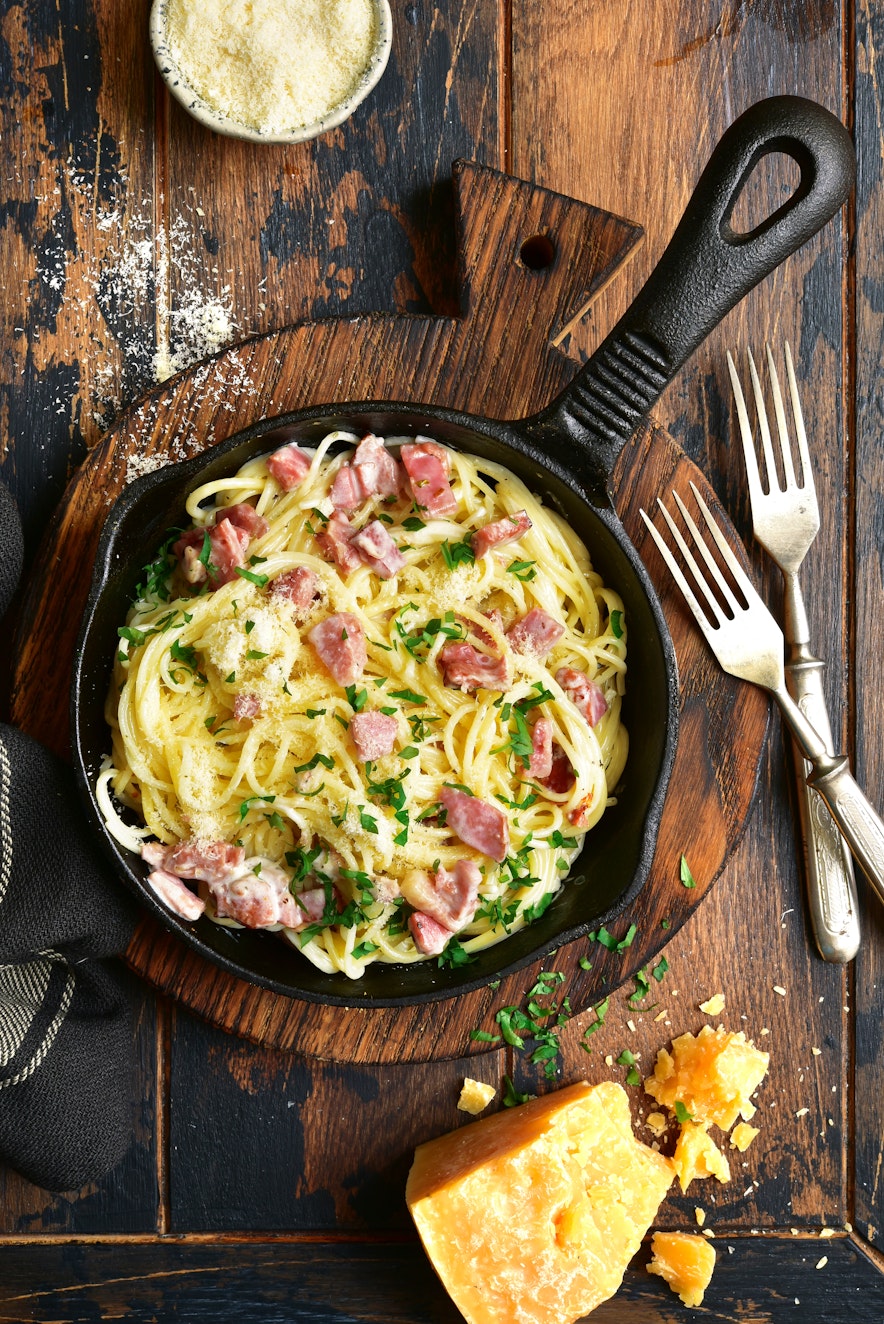
Spaghetti
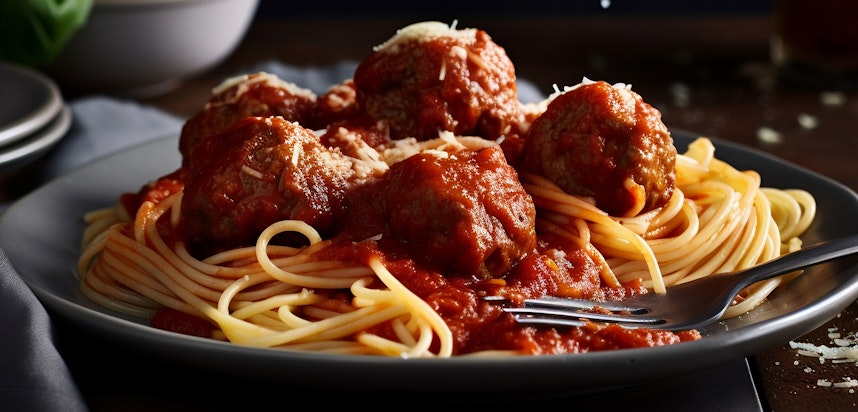
What is spaghetti?
Spaghetti is one of the most famous and popular types of pasta, originating from Italy but popular around the world. It’s name comes from the Italian “spago”, which means “string” or “twine” and refers to spaghetti’s long, thin shape and resemblance to string.
Spaghetti owes a large part of its popularity to the boom of spaghetti factories in the 1800s, allowing mass production throughout Italy.
What is spaghetti good for?
Spaghetti is best cooked and served al dente, but it can also be baked and eaten crispy. Spaghetti is great for meat-based dishes, and spaghetti bolognese - made with minced beef, tomatoes, onions and garlic - is the dish most commonly associated with this type of pasta. Because of the Disney film Lady & the Tramp, spaghetti served with meatballs, is also seen as amongst the most romantic pasta dishes.
What’s the best pasta for meat sauce?
Porous pasta that allows sauce to stick is best for meaty ragus and bolognese, so something flat like tagliatelle is the best choice.
Shell pasta such as conchiglie, which can hold sauce inside, is also great to serve alongside meat sauce.
Tagliatelle
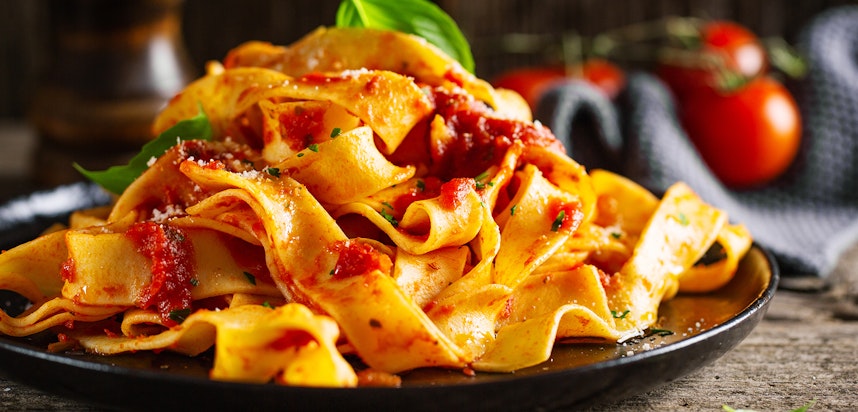
What is tagliatelle?
A traditional egg pasta (made using 1 egg for every 100g flour), tagliatelle comes in long, flat ribbons that are wider but less round than fettuccine and spaghetti strands.
Originating from the Emilia-Romagna and Marche regions of Italy, tagliatelle was originally associated with the dish tagliolini di pasta e sugo, alla maniera di Zafiran, which was served on a silver platter but today is common even in more rustic meals.
What is tagliatelle good for?
Despite its flatness, tagliatelle is surprisingly porous and can hold its own against robust ingredients such as veal and ricotta, making it an excellent choice for rich meat sauces.
Another popular way to eat tagliatelle is “briciole e noci”, which is with breadcrumbs and nuts.
What’s the best pasta for pasta salad?
Fusilli is a great sauce for pasta salads as it has plenty of surface area to absorb the dressing, but is small enough to fit on a fork with other ingredients. Cavatappi, a fusilli-shaped pasta much like macaroni, is another excellent choice for pasta salad.
Conchiglie
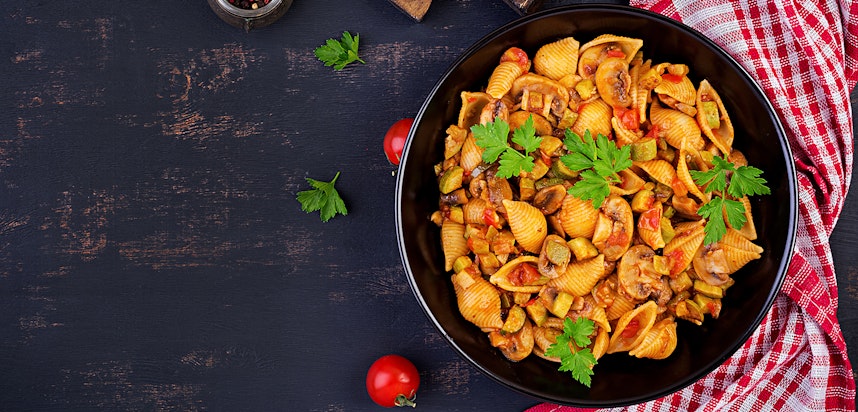
What is conchiglie?
Unsurprisingly, given this pasta’s distinctive shape, conchiglie takes its name from the Italian word for seashell - “conchiglia”. It has a rounded, shell shape and can hold more sauce than other varieties of pasta. Conchiglie is sometimes coloured with ingredients such as tomato, spinach and squid ink.
What is conchiglie best for?
Conchiglie is the perfect pasta for a creamy sauce, and consequently it also works really well in casseroles. Because it can also hold chunky vegetables, conchiglie is perfect for tomato-based dishes and even salads.
You may also be interested in…
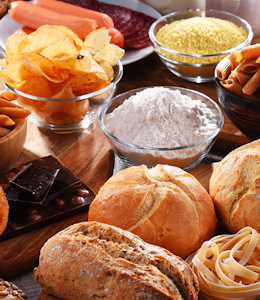
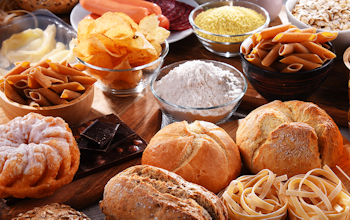
You may also be interested in…
Allergen Deep Dive: Cereals containing Gluten
ReadYou may also be interested in…

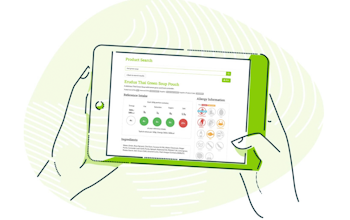
You may also be interested in…
